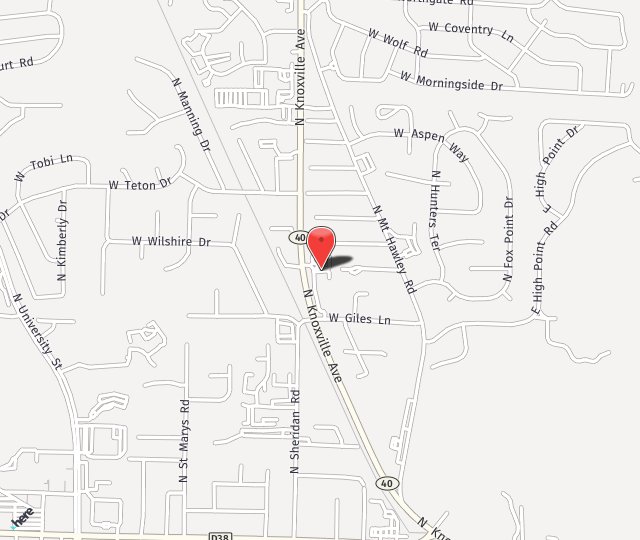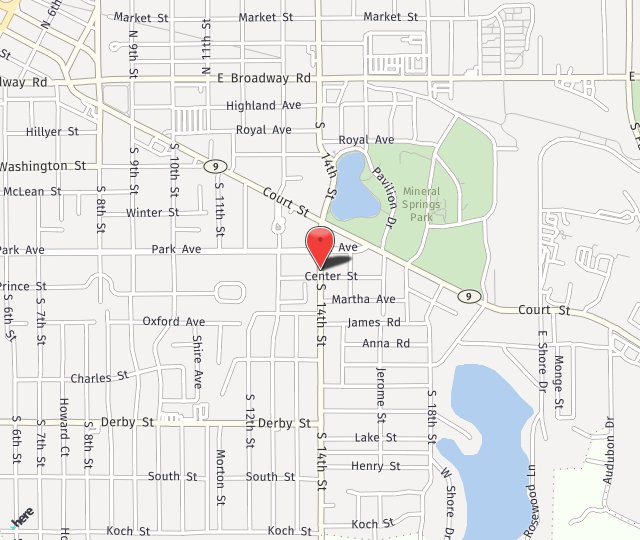Retinal detachment occurs when the retina is lifted or pulled from the wall of the eye. If not treated immediately, a retinal detachment can cause permanent vision loss. A retinal detachment is a medical emergency. Anyone experiencing the symptoms of a retinal detachment should call the office immediately.
Symptoms
- The appearance of a curtain over the field of vision.
- Seeing light flashes
- Wavy or watery vision
- A sudden decrease in vision
- A sudden increase in the number of floaters in the field of vision

In patients who are very nearsighted or who have suffered an injury, the retina can tear loose and become “detached” from the layers below it.
Who is most at risk for retinal detachment?
- Those who are very nearsighted
- The elderly
- People with a family history of retinal detachment
- Those who have had cataract surgery
- Patients with diabetes or other eye disorders
Treatment for Retinal Detachment
Retinal detachments are treated with surgery that may require a hospital stay. In some cases, a scleral buckle, a tiny synthetic band, is attached to the outside of the eyeball to gently push the wall of the eye against the detached retina. If necessary, a vitrectomy may also be performed. Vitrectomy is a procedure in which the vitreous humor is removed and replaced with a gas that pushes the retina back onto the wall of the eye. Over time the eye produces fluid that replaces the gas. In both of these procedures either a laser or a cryopexy (a freezing device) is used to “weld” the retina back in place.


